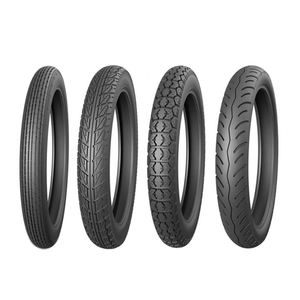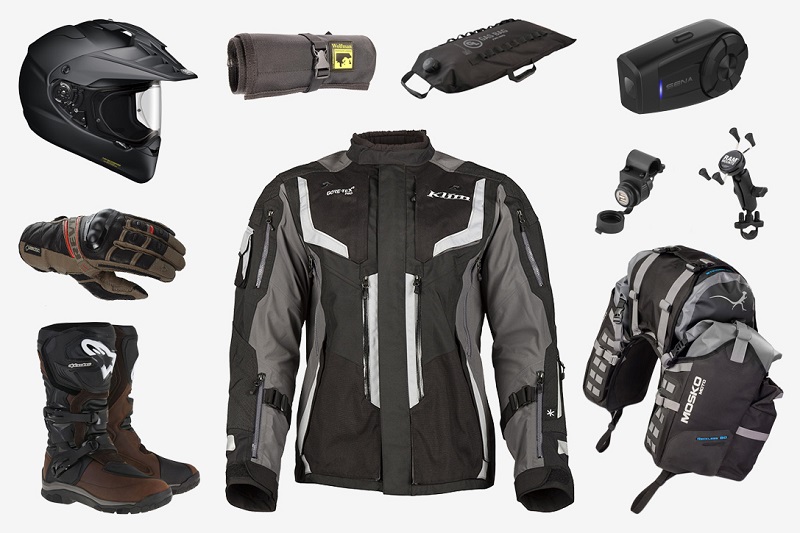Everything about Motorcycle Boots
Table of Contents9 Easy Facts About Motorcycle Boots ShownMotorcycle Boots for BeginnersThe 8-Minute Rule for Motorcycle Boots8 Simple Techniques For Motorcycle BootsSome Of Motorcycle BootsTop Guidelines Of Motorcycle Boots
The essential components of modern bikes are offered below.; this has been used all via motorbike background yet is now ending up being more typical.It was widely undesirable and usually considered as a bad concept at the time. Today it is a used on some "thumpers" (single-cylinder four-strokes) that normally have dry-sump lubrication needing an external oil storage tank. It has actually considering that obtained some cachet in the modern customized bike globe also because of the area cost savings it can manage and the referral to an earlier era.
Though any type of tank for fuel might be so called, the term is usually related to component of an engine system in which the fuel is stored and moved (gas pump) or launched (pressurized gas) into an engine. A motorcycle fork is the section of a motorcycle that holds the front wheel and allows one to guide.
Indicators on Motorcycle Boots You Should Know
The 'fork' on a bike consists of several components. The triple trees (likewise recognized as yokes) hold the fork tubes (which consist of the fork springs), and are attached to the neck of the frame by the guiding stem.

Motorcycles have primarily, but not specifically, been produced with one to 4 cylinders, and designers have actually attempted practically every you can possibly imagine layout. One of the most common engine setups today are the single and twin, the V-twin, the opposed double (or fighter), and the in-line three-way and in-line four. A number of others designs have actually reached mass production, consisting of the V-4, the level 6-cylinder, the flat 4-cylinder, the in-line 6-cylinder, and the Wankel engine.
The Definitive Guide for Motorcycle Boots
Chain-drive uses gears and a roller chain, which requires both lubrication and adjustment for prolongation (stretch) that takes place with wear. The lubricant is subject to being shaken off the fast-moving chain and results in grime and dust accumulation. Chains do deteriorate, and extreme wear on the front and back sprockets can be harmful.
Conventional roller chain-drives experience the potential for resonance, as the efficient span of activity in a chain and sprocket combination regularly alters throughout the change ("chordal action"). If a drive gear turns at consistent RPM, after that the chain (and the driven gear) must accelerate and decrease frequently. The majority of chain-driven motorbikes are fitted with a rubber bushed back wheel center to remove this advice resonance problem.
These chain oilers vary in class, however all include substantially to the life of the chain. The customized of lubing by immersing the chain in a tin of warm grease discontinued in the early 1970s, as soon as most chains had rubber "O'-rings.
Rumored Buzz on Motorcycle Boots
A toothed belt is frequently used. They are not as sturdy when subjected to high horsepower as a chain. You can not alter the length and adjustment final drive ratios as quickly as chains. They additionally can not cover as closely around chains. And require bigger sheaves contrasted to chain sprockets to obtain a reliable last drive proportion.
A shaft-drive is typically completely confined; the visual hint is a tube extending from the back of the transmission to a bell housing on the back wheel. Inside the bell housing a bevel equipment on the shaft friends with another on the wheel place. This arrangement transcends in regards to noise and cleanliness and is essentially maintenance-free, with the exemption of periodic fluid changes.
The additional equipment sets are a resource of power loss and added weight. Virtually all high-performance auto racing bikes use chain-drive because they are the most mechanically reliable transferring power to the back wheel.

A Biased View of Motorcycle Boots
There are tires developed for dirt bikes, touring, sporting activity and cruiser bikes. Dust bike tires have knobbly, deep treads for optimum grasp on loosened dirt, mud, or gravel; such tires tend to be less steady and noisier on smooth surfaces.
Touring tires are usually made of a more difficult rubber compound for higher resilience, these might last longer but have a tendency to provide much less outright hold contrasted to sports tires at ideal operating temperatures. Exploring tires typically supply extra grip helpful resources at lower temperatures and can be much more fit to riding in chilly or winter months conditions where a sporting activity tire may never ever reach its optimal operating temperature.
These have a tendency to have stronger sidewalls as they are usually fitted to heavier devices. Motorsport or competing tires use the greatest of levels of grasp. Because of the high temperature levels at which these tires normally run, use outside an auto racing atmosphere is risky, commonly these tires do not reach their maximum temperature level which provides much less than optimum grasp.
The Buzz on Motorcycle Boots

This can result in brake dive. Brakes can either be drum or disc based, with disc brakes being more usual on big, contemporary or more costly bikes for their far remarkable quiting power, especially in damp problems. There are lots of brake-performance-enhancing aftermarket components offered for most motorcycles, consisting of brake pads of differing compounds and steel-braided brake lines.